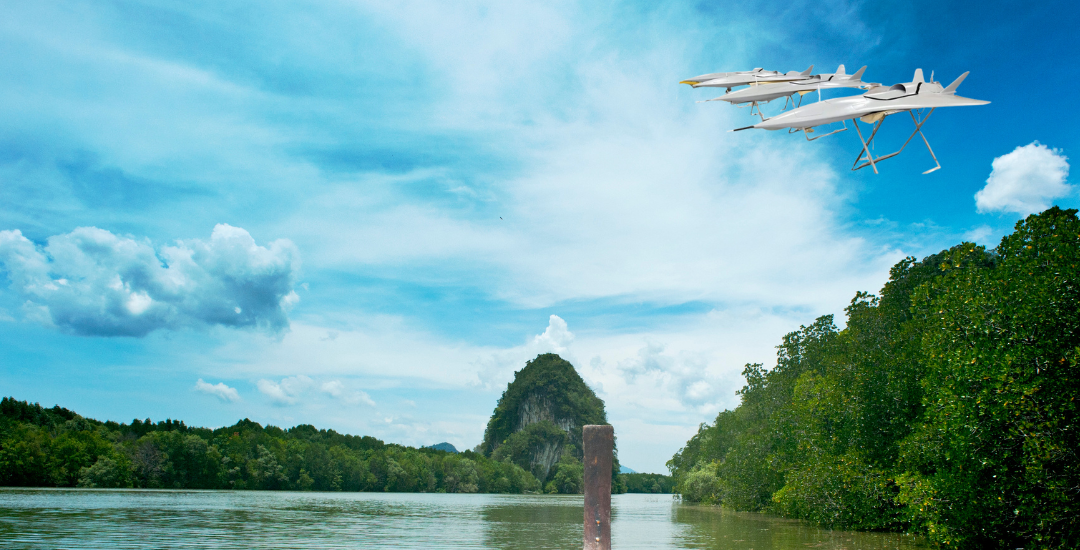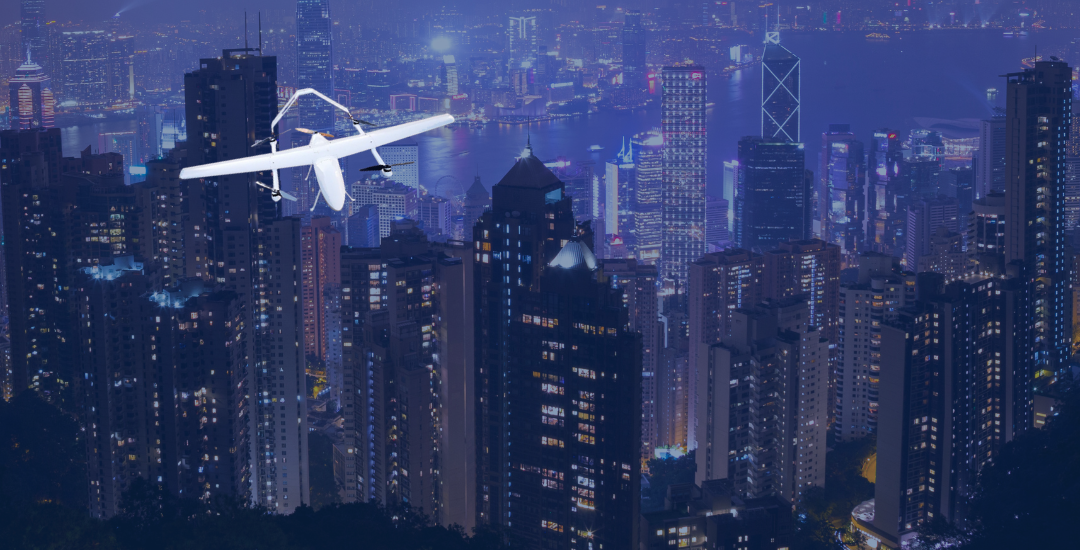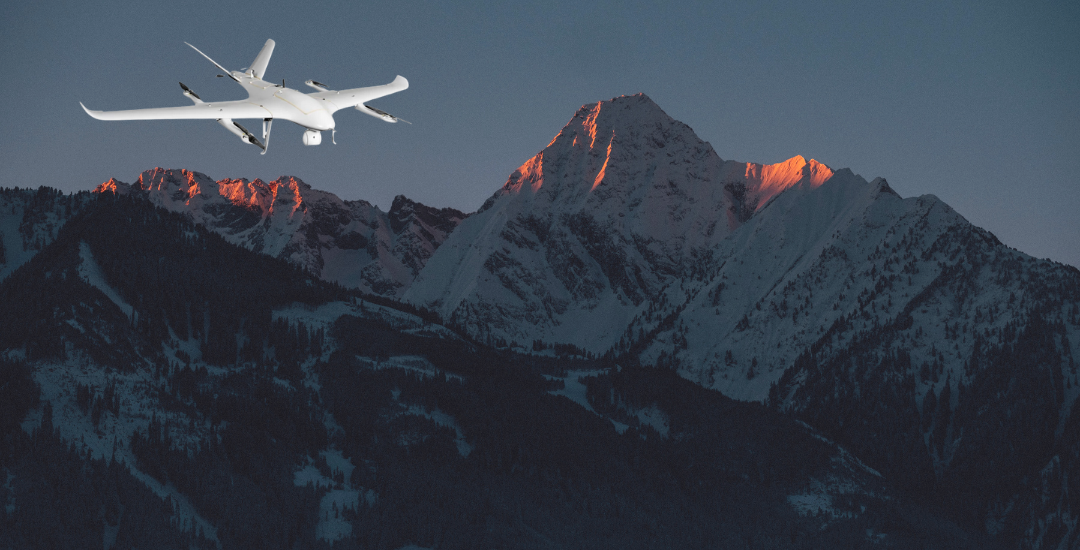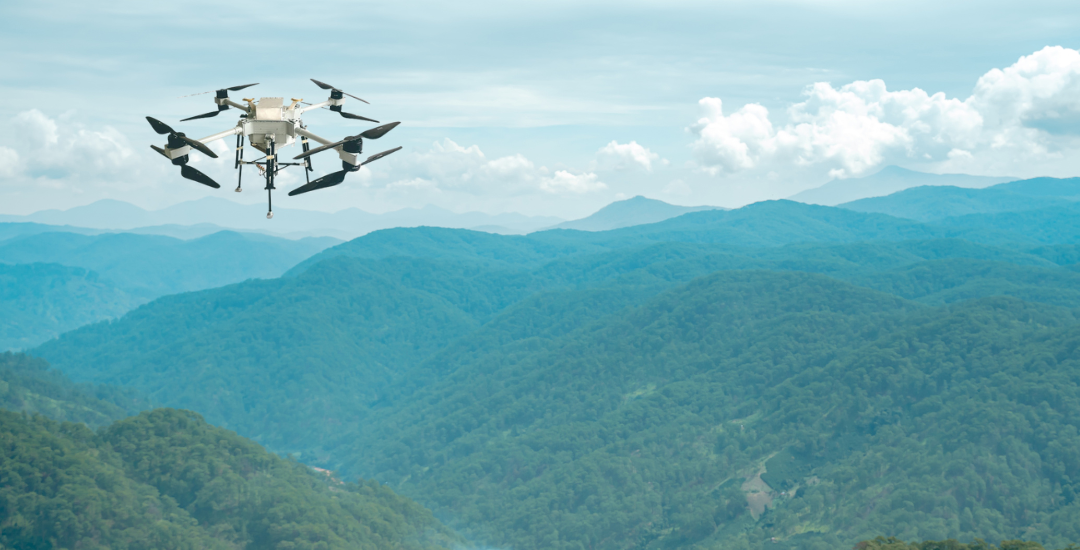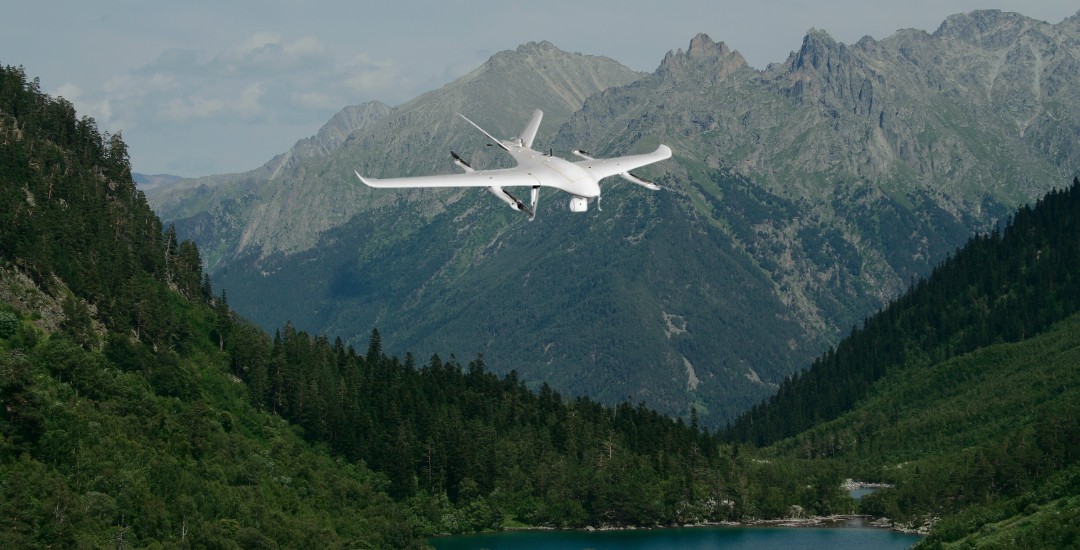NEWS
Home > News
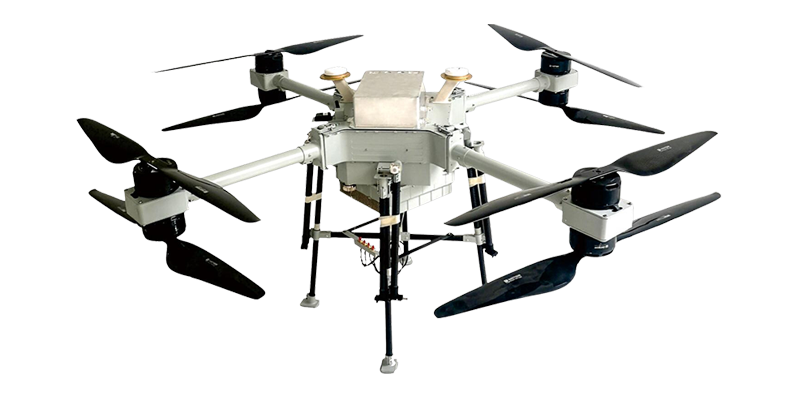
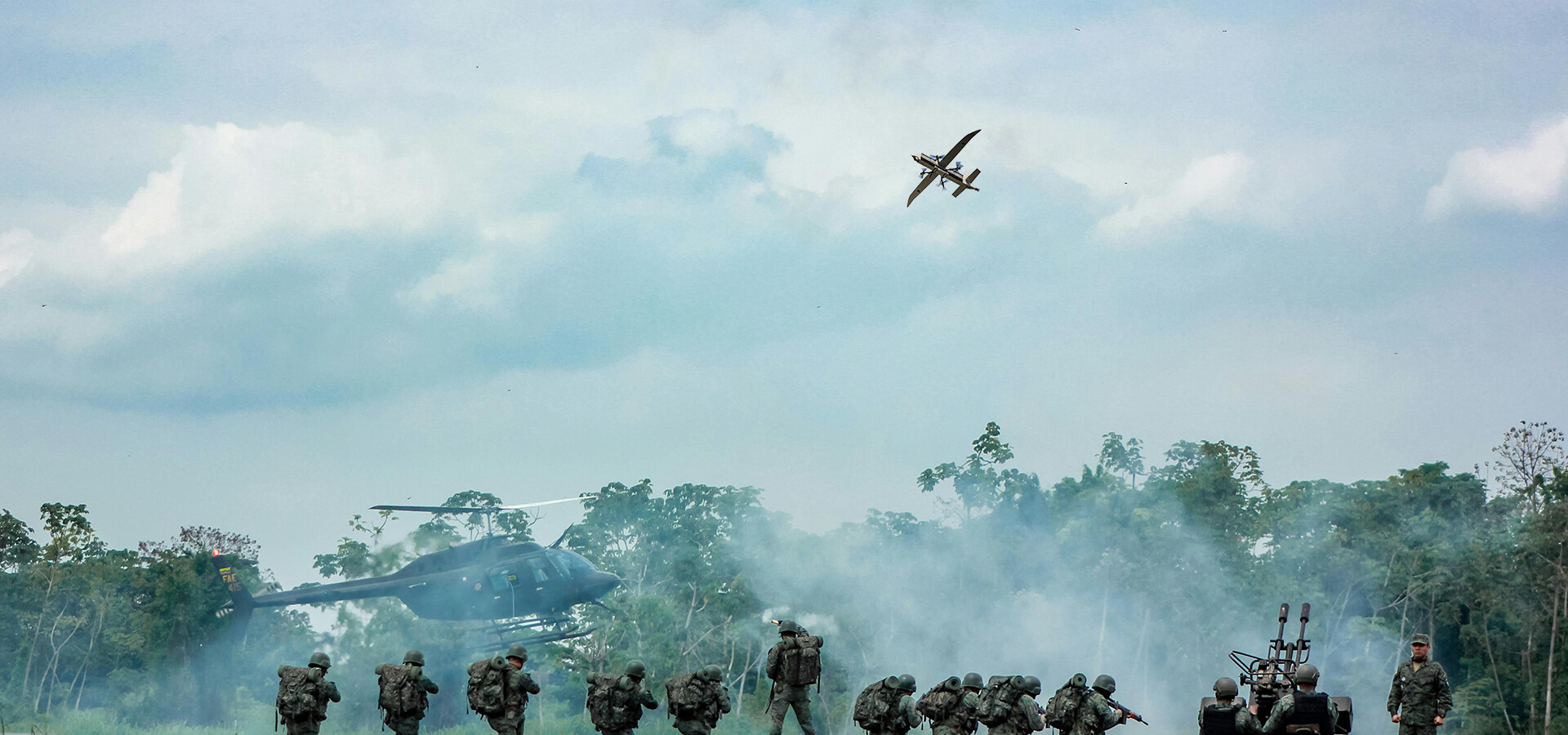
Delivery services have evolved significantly over the years, with technology playing a crucial role in enhancing efficiency. One of the latest innovations is VTOL (Vertical Take-Off and Landing) drones, which are rapidly changing how goods are transported. These drones combine the best features of both fixed-wing aircraft and rotary-wing drones, enabling them to cover long distances efficiently while landing and taking off in confined spaces.
As e-commerce, medical supply delivery, and last-mile logistics demand faster and more reliable solutions, VTOL drones are proving to be a game-changer. But how exactly do they work, and why are they revolutionizing the delivery industry?
What Are VTOL Drones?
VTOL drones are unmanned aerial vehicles (UAVs) capable of taking off, hovering, and landing like helicopters while also flying long distances like fixed-wing planes. This hybrid capability makes them ideal for delivery services, as they do not require runways yet can transport packages over vast areas efficiently.
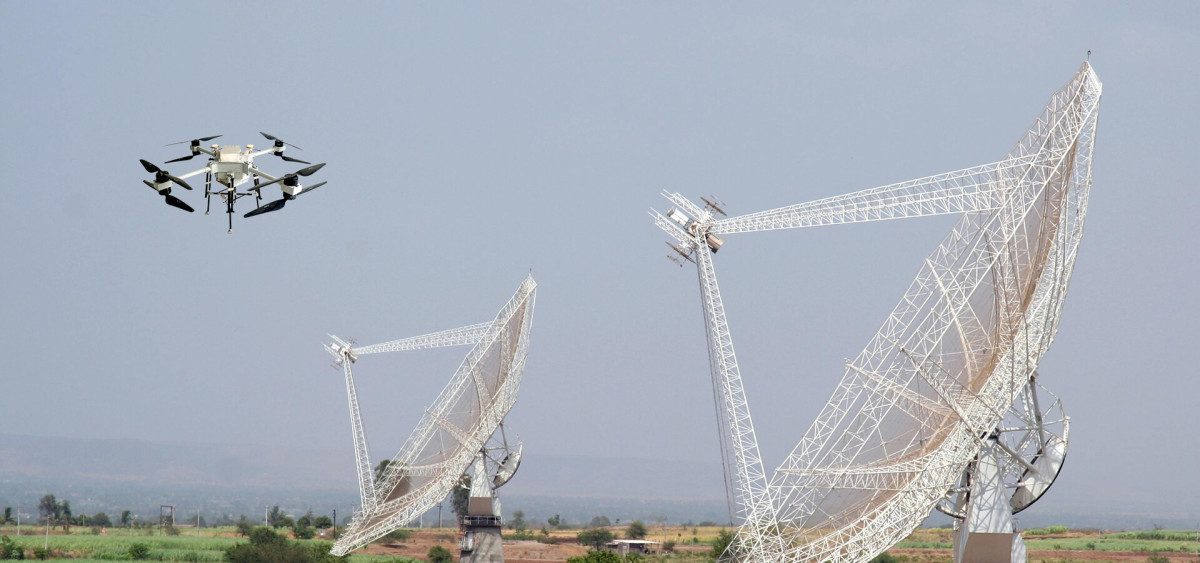
Key Features of VTOL Drones
Vertical takeoff and landing: No need for runways, making them perfect for urban and remote areas.
Longer range than quadcopters: Thanks to their aerodynamic design, they can fly farther with less energy.
High payload capacity: Capable of carrying heavier loads compared to standard drones.
Enhanced stability: Suitable for deliveries in various weather conditions.
VTOL vs. Traditional Drones
The Rise of VTOL Drones in Delivery Services
The increasing demand for faster and more efficient delivery methods has driven the adoption of VTOL drones. Several industries are leading the way in utilizing this technology:
Key Industries Using VTOL Drones
E-commerce: Companies like Amazon and Walmart are investing in VTOL drone delivery to optimize last-mile logistics.
Medical Supply Chains: Hospitals and pharmacies use drones to transport emergency medicine, vaccines, and blood samples.
Agriculture: Drones are helping farmers deliver fertilizers, pesticides, and small equipment quickly.
Disaster Relief & Humanitarian Aid: Organizations use VTOL drones to supply food and medical aid in disaster-hit areas.
How VTOL Drones Work in Delivery Services
VTOL drones operate through advanced navigation and automation systems. Here's a step-by-step process of how they function in delivery operations:
Package Loading – The drone is loaded with goods at a distribution center.
Autonomous Flight Path Calculation – The onboard AI system calculates the most efficient route.
Vertical Takeoff – The drone lifts off and transitions to forward flight like a fixed-wing aircraft.
In-Flight Navigation – Using GPS, AI, and sensors, the drone avoids obstacles and adjusts its path in real time.
Delivery & Landing – The drone descends vertically, safely delivering the package to its destination.
Return to Base or Next Delivery – After completing the drop-off, the drone either returns to base or continues with the next package.
Advantages of VTOL Drones for Deliveries
The integration of VTOL drones into delivery services provides numerous benefits:
✅ Faster Deliveries – Reduces transit time, ensuring quick service.
✅ Lower Costs – Eliminates fuel expenses and minimizes human labor.
✅ Improved Accessibility – Reaches remote locations where traditional vehicles cannot.
✅ Environmentally Friendly – Reduces carbon emissions compared to ground transportation.
Challenges Facing VTOL Drone Deliveries
Despite their benefits, VTOL drone deliveries face several challenges:
Regulatory Hurdles – Airspace restrictions and drone regulations vary across regions.
Weather Constraints – High winds and extreme weather can affect drone performance.
Safety & Security Issues – Risk of package theft, drone crashes, or cyber-attacks.
Government Regulations and Policies on VTOL Drone Deliveries
Governments worldwide are developing frameworks to regulate drone operations. Key regulatory aspects include:
FAA Guidelines (USA) – Strict airspace regulations and licensing requirements.
EU Drone Regulations – Focused on safety and compliance with existing air traffic rules.
International Standards – Coordination between countries to establish universal drone operation laws.
Future of VTOL Drones in Delivery Services
Looking ahead, VTOL drones are expected to become even more advanced with improved battery efficiency, AI-driven automation, and enhanced safety measures. The global drone delivery market is projected to grow exponentially, making VTOL drones a staple in logistics.
FAQs on VTOL Drone Deliveries
1. How much weight can a VTOL drone carry?
Most VTOL drones can carry between 5 to 20 kg, depending on the model and design.
2. Are VTOL drone deliveries legal?
Yes, but regulations vary by country. Operators must comply with local aviation authorities.
3. How fast can VTOL drones deliver packages?
They can reach speeds of 60-100 km/h, significantly reducing delivery times.
4. What happens if a VTOL drone malfunctions mid-flight?
Most drones are equipped with emergency landing systems and real-time monitoring.
5. Will VTOL drones replace traditional delivery vehicles?
While not a full replacement, they will complement existing delivery methods, especially for urgent deliveries.
6. How do VTOL drones handle bad weather?
Advanced models have wind resistance capabilities, but extreme conditions may still pose challenges.
Conclusion
VTOL drones are revolutionizing delivery services by offering speed, cost efficiency, and accessibility. While challenges like regulations and weather remain, technological advancements continue to push this innovation forward. As the industry evolves, VTOL drones will likely become a mainstream solution for faster, smarter deliveries worldwide.
SHARE:
Send a Message
RECENT POSTS
 VTOL Drones vs. Fixed-Wing & Multirotor: Pros and Cons2025-03-21
VTOL Drones vs. Fixed-Wing & Multirotor: Pros and Cons2025-03-21 Top 10 Safety Tips for Operating VTOL UAVs in Urban Areas2025-03-14
Top 10 Safety Tips for Operating VTOL UAVs in Urban Areas2025-03-14 Choosing the Right Fixed-Wing UAV for Your Needs2025-03-07
Choosing the Right Fixed-Wing UAV for Your Needs2025-03-07 What Is a VTOL Aircraft? A Beginner’s Guide2025-02-24
What Is a VTOL Aircraft? A Beginner’s Guide2025-02-24 The Future of Military UAVs: Trends and Innovations2025-02-20
The Future of Military UAVs: Trends and Innovations2025-02-20
Get in Touch
Please use the form below to get in touch.
If you need a reply we will get in touch as soon as possible.

